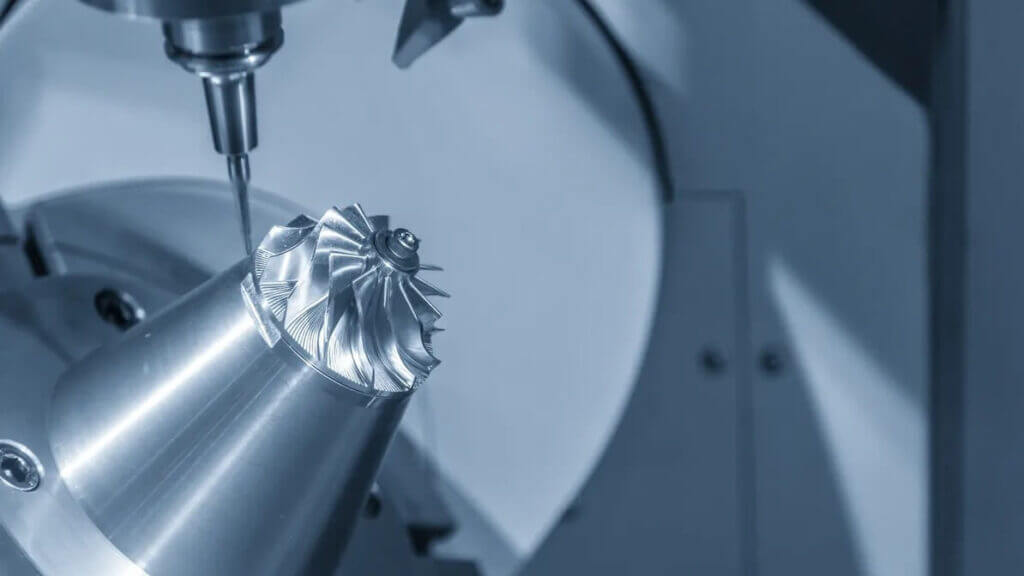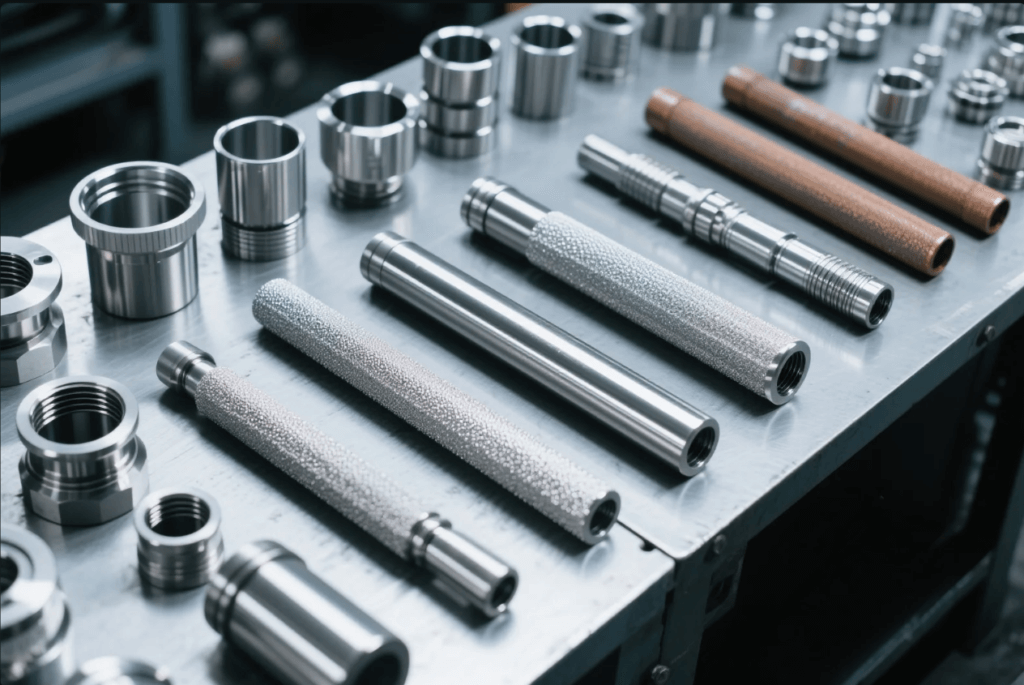What is CNC precision machined parts?
CNC precision machined parts is a high-precision machining process widely used in the manufacturing industry, capable of processing a variety of complex structures and high dimensional accuracy parts. For industrial manufacturing enterprises, choosing the right CNC precision machining solutions can not only improve product quality, but also enhance overall production efficiency and competitiveness. This article will comprehensively introduce the advantages of CNC precision machining, common types and design optimisation strategies from a professional point of view, providing you with effective ways to improve product quality.

1、What are the advantages of CNC precision machined parts?
1 - Extremely high dimensional accuracy and surface finish
CNC machines are capable of achieving micron-level machining accuracy, which, combined with specialised clamping and inspection processes, produces parts with extremely tight dimensional tolerances and superb surface finishes. This is essential for critical parts that require tight tolerance control.
2 - High degree of manufacturability of complex structures
CNC technology supports multi-axis machining, enabling precision machining of complex surfaces and shaped structures, providing more possibilities for product design.
3 - Flexible production for rapid response
CNC machine tools can quickly switch programs to achieve flexible production of small quantities and multiple varieties to meet the individual needs of customers. It also reduces the production lead time and inventory costs.
4 - Excellent repeatability and consistency
The CNC machining process is controlled by a programme, which ensures a high degree of consistency in the size, shape, surface quality and other parameters of each part, and improves the reliability of the product.
2、Main types of CNC precision machined parts
CNC machining is commonly used in the processing of various metal materials, such as steel, aluminium alloys, titanium alloys, etc. It is widely used in automotive, aerospace, machinery and equipment.
2 - Plastic parts
CNC can also be used to process a variety of engineering plastics, such as nylon, ABS, PEEK, etc., to meet the special needs of lightweight, insulation and so on.
3 - Ceramic parts
CNC precision machining of high-performance ceramic materials produces industrial parts with excellent resistance to high temperatures and wear.
4 - Composite parts
CNC machining enables precision moulding of composite materials such as carbon fibre and glass fibre, which are widely used in aerospace and sports equipment.
3、Design optimisation strategies for CNC precision machined parts
1 - Rational selection of materials
According to the use of the environment and performance requirements of the product, select the appropriate metal, plastic or composite materials, to maximise the advantages of CNC machining.
2 - Optimise the structural design of the part
Fully consider the process characteristics of CNC machining, design a more simple and reasonable parts structure, improve machining efficiency and parts performance.
3 - Precise definition of tolerance requirements
Reasonable setting of the size, shape, position and other tolerance indicators, not only to meet the functional requirements of the product, but also to ensure the manufacturability of CNC machining.
4 - Optimised clamping and positioning solutions
Select the appropriate clamping device and positioning method to ensure that the parts remain in a stable position during machining and improve machining accuracy.
5 - Fully utilising multi-axis machining capabilities
Using the multi-axis machining capability of CNC machine tools, we can rationally design the part geometry, minimise fixture change and process changeover, and improve production efficiency.
Conclusion
CNC precision machining, as a key technology in the manufacturing industry, plays an important role in improving product quality and shortening delivery cycle. Enterprises only fully understand the advantages and characteristics of CNC machining, and combined with their own product demand for reasonable parts design, in order to truly play the powerful potential of CNC machining, enhance the overall competitiveness of manufacturing.
For further guidance, contact our CNC experts who can help you make the perfect choice.






